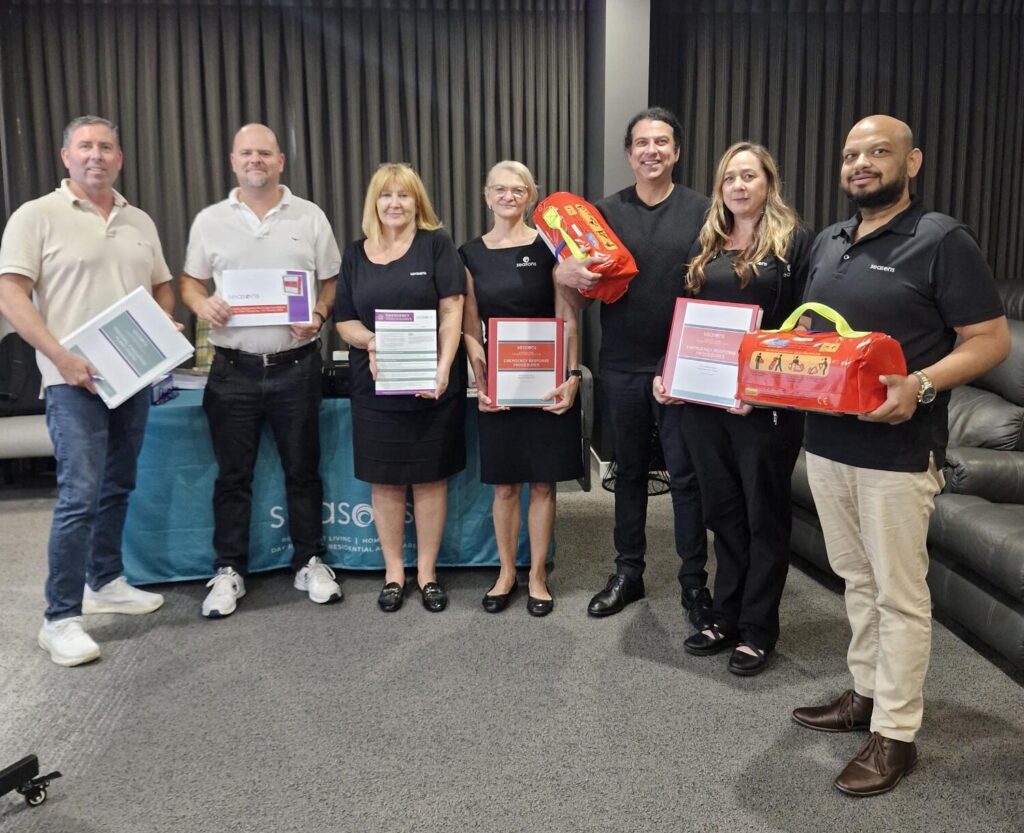Contributed
Over the past few weeks, our Community Managers and Emergency Officers have completed comprehensive training on the new Seasons Emergency Management Plan (EMP 2025), ensuring every community is fully prepared and confident in responding to a range of emergency situations within our communities.
This updated plan reflects the latest Aged Care Reform and Quality Standards (effective 1 November 2025) and places a strong focus on proactive preparedness, teamwork, and resident safety. The training sessions covered everything from evacuation procedures and communication protocols to the use of our new emergency response equipment.

FULLY PREPARED: Seasons Living Regional Facilities and Infrastructure Manager Kyle Loveday (second from left) delivered the new Emergency Management Plan training to Community Managers, ensuring all communities are fully prepared to respond to a range of emergency situations. Picture: Contributed
Seasons Living Regional Facilities and Infrastructure Manager Kyle Loveday said the training was designed to strengthen preparedness and enhance community safety.
“We’re incredibly proud of the commitment shown by all staff during this roll-out,” he said.
“Together, these improvements ensure that our communities remain safe, responsive and compliant, and that our residents continue to feel secure knowing our team is always ready to respond when it matters most.
“Thank you to everyone for helping make safety part of our everyday culture at Seasons.”

TRAINING TOPICS: The comprehensive training session covered various topics including how the new Seasons Emergency Management Plan works and a demonstration of how to use the new Alback Evacuation Mats. Picture: Contributed
A key highlight was the introduction of Alback Evacuation Mats — a vital new addition to our emergency toolkits. These specially designed mats allow for the safe and efficient movement of residents with mobility challenges during an evacuation. Lightweight yet durable, they can be quickly deployed to help staff transport residents down stairs or through narrow passages when lifts or standard mobility aids can’t be used.



